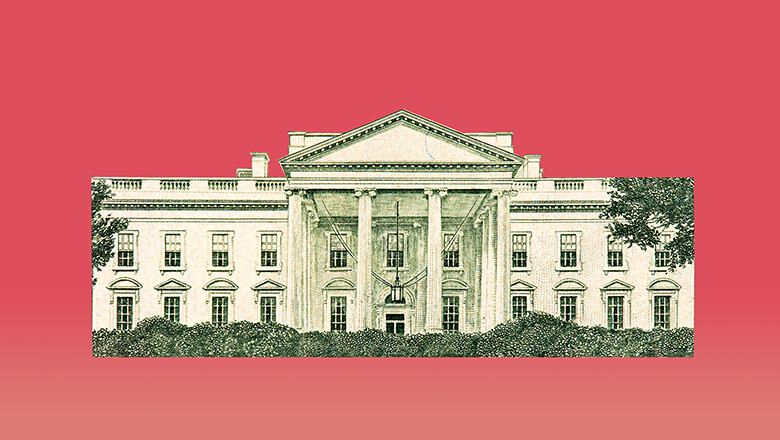Municipal Borrowing Hits 10-Year High
COVID-19 Shutdowns Drive Borrowing
For the first time in ten years, municipal bond issuance hit $252 billion in 2020. That number, which was a small increase from 2019, mirrored the plummeting interest rates and rising costs of managing city and state governments in the middle of a global pandemic. For the first time since 2013, outstanding municipal debt hit $3.9 trillion. Borrowing for new projects hovered around $150 billion between 2011 and 2015 and has been slowly climbing since then.
The borrowing trend is not likely to slow down, as local governments with already-shrinking budgets work to simultaneously manage the coronavirus pandemic and pay back old debts. Despite this, municipal bonds are still somewhat attractive to investors, as low interest rates provided steady returns throughout last year.
Tight Budgets Fluctuate in Pandemic
Moody’s Analytics (MCO) estimated last month that the coronavirus pandemic has cost states $224 billion. Some local governments in need of liquidity found themselves without options when the markets seized up in March and bond issuance flatlined. The Federal Reserve quickly intervened, and with falling yields, governments snapped up available bonds.
In the first round of federal coronavirus aid, Congress issued $150 billion to state and local governments. For some states, like Wisconsin, that translated to more money than was expected. Despite a drop in revenue, the state had more in the budget than its financial managers anticipated. As a result, Wisconsin issued $1.3 billion in taxable debt in 2020, more than it had since 2003, in order to take advantage of low interest rates. All in all the state borrowed about what it has in past years.
Forecasts for 2021 Revenues Unclear
Though many hoped 2021 would bring more certainty and stability, coronavirus continues to tear through communities around the United States. The most recent coronavirus relief package issued by Congress did not include direct aid for local governments. But in the long term, states have some hope that a Democrat-controlled Federal Government could bring greater coronavirus-related aid to state and local governments.
Local governments whose fortunes are closely tied to property tax revenues will have a longer wait before the tumult of 2020 is reflected on balance sheets. These governments feel economic distress at a slower speed, when property values account for business closures and other financial disruptions.
Please understand that this information provided is general in nature and shouldn’t be construed as a recommendation or solicitation of any products offered by SoFi’s affiliates and subsidiaries. In addition, this information is by no means meant to provide investment or financial advice, nor is it intended to serve as the basis for any investment decision or recommendation to buy or sell any asset. Keep in mind that investing involves risk, and past performance of an asset never guarantees future results or returns. It’s important for investors to consider their specific financial needs, goals, and risk profile before making an investment decision.
The information and analysis provided through hyperlinks to third party websites, while believed to be accurate, cannot be guaranteed by SoFi. These links are provided for informational purposes and should not be viewed as an endorsement. No brands or products mentioned are affiliated with SoFi, nor do they endorse or sponsor this content.
Communication of SoFi Wealth LLC an SEC Registered Investment Advisor
SoFi isn’t recommending and is not affiliated with the brands or companies displayed. Brands displayed neither endorse or sponsor this article. Third party trademarks and service marks referenced are property of their respective owners.
SOSS21011301



